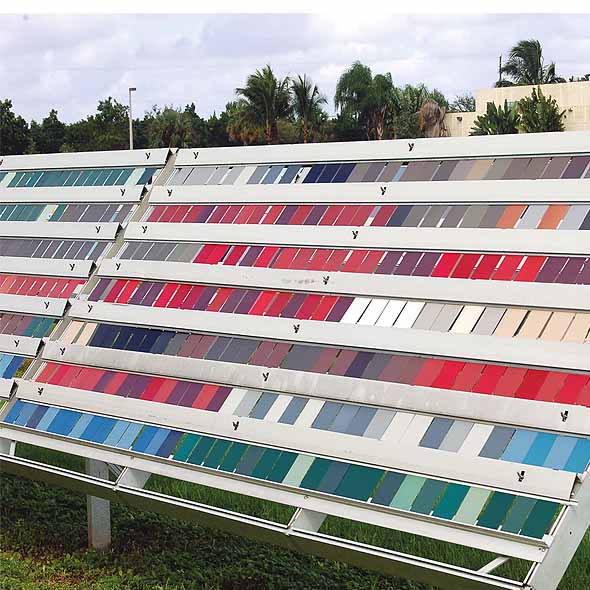Solid Color & Gloss
spectro2guide
Product InfoGoodbye to dreary

White houses with blue roofs, that is the popular image of the Greek island Santorin. But nowadays architectural coatings are not only offered in “white”, but in a wide range of colors and nuances to satisfy everybody’s taste. Nevertheless, besides their decorative purpose, architectural coatings must provide certain durable and protective functions to interior and exterior surfaces. In order to comply with important quality criteria and guarantee consistency, a routine quality control system needs to be established.
As architectural coatings are used to paint buildings and homes, they are utilized by professionals as well as do-it-yourself painters. Professionals tend to be more sensitive to application characteristics, whereas homeowners simply paint the wall with the new color but still want the paint to resist color and gloss changes with aging or abrasion.





